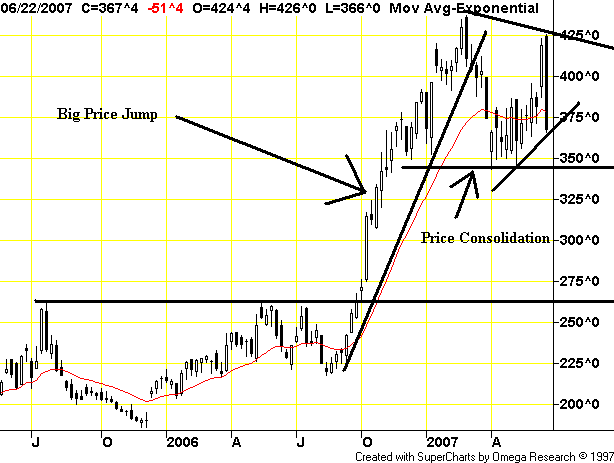The recent rise in milk prices is affecting everyone from small dairy companies like Oberweis to the nation's largest milk producers and food companies. On Friday, the Agriculture Department, which regulates the minimum milk prices received by farmers, set the price that processors will have to pay for drinkable milk in July at $20.91 per hundred pounds of milk, up 17% from the June price and up 84% from a year earlier.
In the past few months, several factors have reduced the supply of milk world-wide or raised its cost of production. The European Union is ending subsidies on dairy exports, and a drought in Australia has cut the supply of milk available to Asia. In the U.S., some dairy farmers are raising milk prices to offset the higher prices they pay for cattle feed as corn prices rise. Corn is a key feed ingredient.
As processors pass their higher costs on to consumers in the form of more-expensive cartons of milk at the grocery store, it will add to the strain on many family budgets already stretched by higher fuel and energy costs. In May, the average price of a gallon of whole milk in the U.S. was $3.26, up 6.2% from $3.07 a year earlier, according to the Labor Department.
Stories like this highlight why only looking at core inflation is a ridicules way to analyze inflation. Food and energy are commodities that everybody consumes on a regular basis -- regular as in everyday day of their lives. These prices make a strong imprint on people's buying habits.
In addition, this shows what is happening underneath the food market as a result of the ethanol situation. The increased used of blended fuels has increased demand for corn. However, there has not been an increase in corn supply commensurate with demand. As a result, corn prices have increased. Here is a weekly corn futures chart. Notice the big jump in prices that started last last year and the price consolidation that has gone on for the last 4 months or so.

The US food system is partially based on corn. Cattle are fed corn; sweeteners used in a variety of products are corn based. In short, corn is the agricultural equivalent of oil or natural gas. And it's price is going up, which is already starting to ripple through the US economy.